More Magic Services
USDA Fumigation Services for JFK and Newark Aiports and NY/NJ Shipping Ports
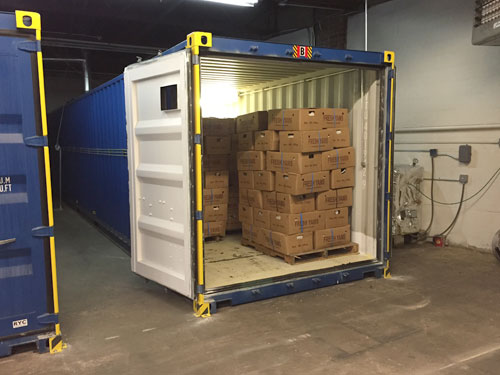
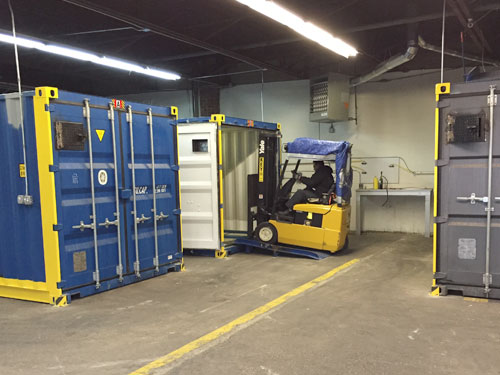
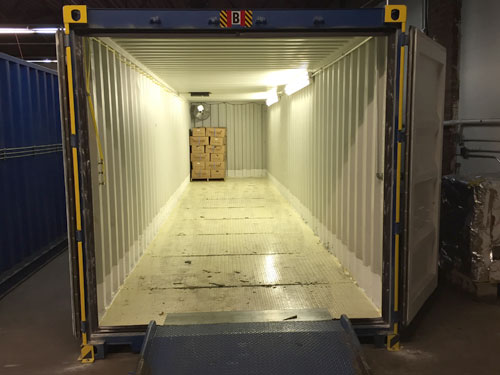
FACTORS AFFECTING FUMIGATION
There are a number of factors which you should consider to ensure that fumigation will be both safe and effective.
Temperature
Temperature controls the release rate of the fumigant and speed of penetration. As temperature increases, the volatility of the fumigant also increases so that it is released more rapidly and disperses and penetrates more quickly than at lower temperatures. Higher temperatures also increase the pest's rate of metabolism, causing it to respire more rapidly so that less fumigant is needed to provide effective control.
Sealing
Almost all fumigation failures are due to inadequate sealing. Magic Fumigation chambers have 100% seal and do not lose any gas.
Air Movement
It is necessary for a fumigant to spread evenly and quickly throughout the space for the commodity being treated. It must move into the structure's cracks and crevices, and into spaces with the stored commodity to contact all pests in the confined area.
VAULT FUMIGATION
A fumigation vault is any structure of a permanent nature in which fumigation may occur. The structure may be specifically designed for fumigation (e.g., a fumigation chamber) or may simply contain a commodity that is to be fumigated.
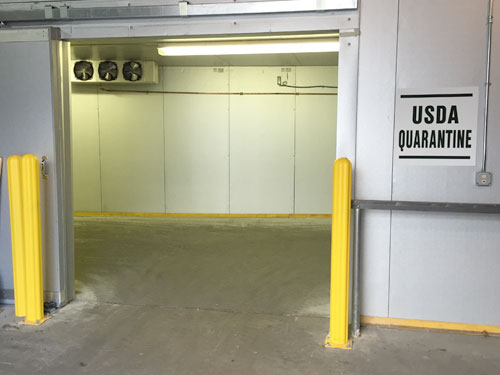
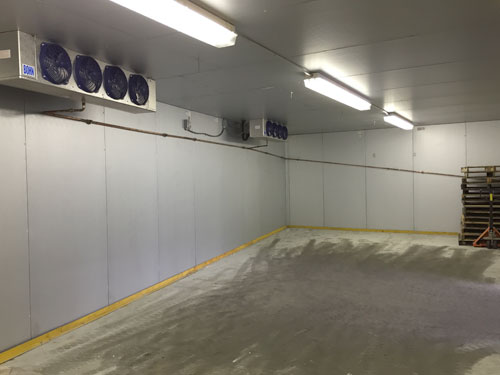
Fumigation Chambers
A fumigation chamber is a special type of vault designed specifically for fumigating commodities contained within the structure. For many commodities, fumigation can be conducted at atmospheric pressure.
We have 3 chambers in total.
(2 Chambers) 40 feet x 8 feet x 8 feet chambers
(1 Chamber) 20 feet x 8 feet x 8 feet chamber
The purpose of a fumigation chamber is to allow fumigations to be carried out efficiently, safely, and economically. The basic elements for design and construction should be incorporated in all chambers with variations to suit individual needs.
Fumigant concentrations within the chamber can be monitored through a permanent arrangement. Because the chamber is specifically designed to properly deliver, contain, and exhaust fumigants, fumigation can be conducted under ideal controllable conditions. Fumigating with Methyl Bromide. Magic Fumigation works in concert with the USDA and performs quarantine fumigations with Methyl bromide.
Close cooperation with a USDA inspector is essential if such a person is involved.
DETECTING FUMIGANT CONCENTRATIONS
The importance of using proper equipment to monitor fumigant concentrations cannot be over-emphasized. To ensure the success of a fumigation and protection of workers, you must know.
- How long the fumigant concentration in the area being treated is high enough to be effective.
- If gas is leaking from the fumigated area.
- When the gas concentration in the fumigated area is low enough to allow workers to enter the area without respiratory protection.
Magic monitors every chamber from 3 different locations.
We always monitor from the highest location in the rear of the chamber, we have a middle monitoring line in the middle of each chamber and a low line in the front of each chamber to assure we reach equilibrium.
AERATION OR VENTILATION OF FUMIGANTS
Aeration procedures vary according to the fumigant being used and the type of installation and/or items being fumigated. Magic only allows a certified fumigant applicator may remove placards after he/she determines that aeration is complete.
Factors Affecting Aeration Time
In addition to the characteristics of the fumigant itself, the rate of ventilation or aeration is affected by several factors. The more important of these are the rate of air exchange, temperature, amount of sorption, and rate of desorption.
Rate of Air Exchange
The rate of air exchange within the structure or area is the most important factor affecting aeration. The exchange rate will be proportional to wind velocity through the area, size and arrangement of the fumigated area, and the mixing of gasses.
Temperature
Higher temperatures favor the diffusion of the fumigant and increase the rate of desorption. Our physicality is heat controlled to help quickly remove any fumigant from our chambers.
Sorption and Desorption
The amount of fumigant sorbed by materials is referred to as the load factor. This sorbed fumigant is not available to act as a fumigant, but must still be removed during aeration. Some commodities are much more sorptive than others just as some fumigants are more subject to sorption than others. The greater the sorptive capacity of the fumigant and commodity, the longer the desorption process and the greater the aeration time needed.
Aeration Procedures
Procedures for aeration or ventilation will vary with the fumigant and the structure for commodity being fumigated. All items are aerated until all gas is removed from all items within the chamber.
Fumigation Chambers
Free gas is released and commodities and other items are aerated immediately following fumigation. The exhaust stacks lead outside the building. The intake and exhaust stacks are opened after the fumigation is completed. The normal air circulation equipment in a chamber can be made to conduct air from the chamber to the outside.
Export Fumigation Services
Magic Fumigation offers export Fumigation services.
Fumigation of goods is important in international trade. In most of the cases where in wood materials are used for packing of export goods, the buyer insists supplier to fumigate cargo and asked to produce fumigation certificate. Fumigation is a legal requirement by the buyer in most of the countries. So fumigation certificate is issued by the fumigator after the fumigation services are complete. Most of the countries will not allow goods to be imported without a fumigation certificate, wherever applicable on such goods.



